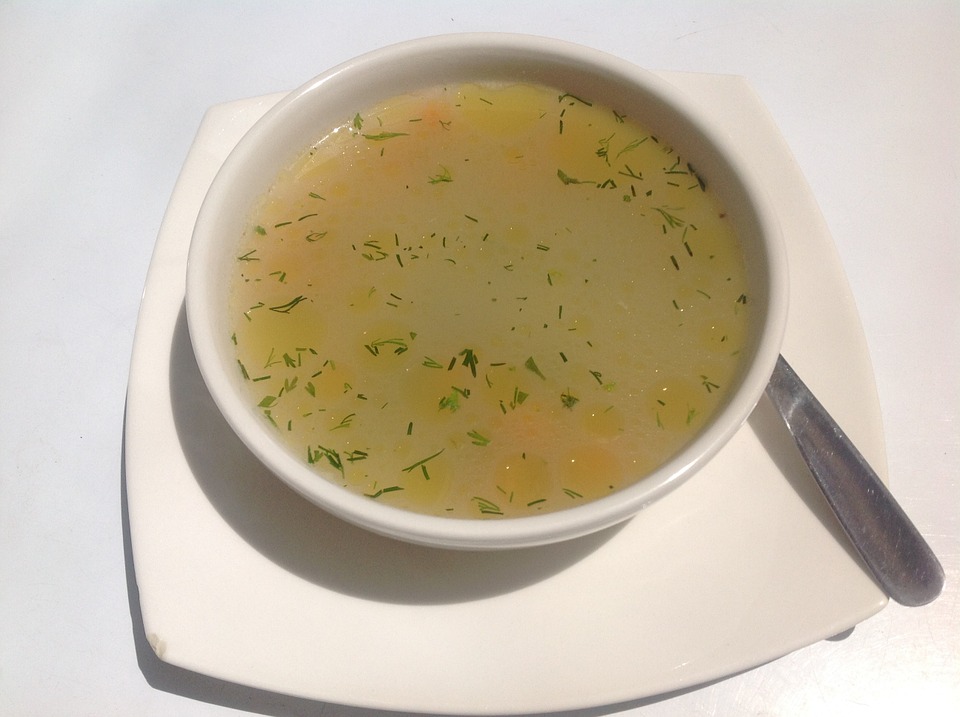
Which molecules chemically determine the taste of food? Useful to know in the food industry if, instead of trying things out every time, you want to know exactly what composition of ingredients leads to a certain taste. Carmen Diez Simon has tried to help discover the determining factors for aroma, the leading component of flavor in food. She has succeeded to some extent, but there is still a long way to go.
Finding that foods taste a certain way is one thing, figuring out exactly how they chemically derive those flavors and due to which production process is something else entirely. Spanish researcher Diez Simon received her doctorate in Wageningen (The Netherlands) on this subject, specifically on aromas. These are volatile substances that determine how something smells. These target the nose, as opposed to non-volatile substances that affect the mouth and tongue. Chemical analysis of aromas was coupled with a taste panel.
With the help of so-called ‘untargeted metabolomics‘, the study of an extensive range of small molecules present in organic samples and comparing them with each other, aldehydes, pyrazines and esters, among others, have been identified as aroma determinants. For example, certain pyrazines and aldehydes are respectively responsible for the typical roast and chicken aromas in fermented broths.
Not much is known about aroma
“That study of tiny molecules and their influence on flavor has lagged behind a bit. This is down to the tiny molecules that form during in the process of making food. More is known about volatile substances in other areas, such as plant matter.”
When she refers to food-related volatile substances, she is referring to small molecules that, under normal temperature and pressure, have a high vapor pressure and a low boiling point, so they occur in gaseous states as well as in liquid and solid states. When food is processed or cooked, various volatile substances subsequently form. These can affect the final taste of food.

“With the support of two food companies, I was able to carry out research for a total of four years. That involved soy sauces and instant soups, which they gave samples of. How these can be formulated properly, is something that could be done more efficiently. There are a lots of ingredients in them. It’s now a matter of trial and error to decide whether a mixture will lead to a good result. Whereas if you know exactly what is needed to produce a tasty flavor, then that experimentation is no longer necessary.”
Soy sauce key to flavor
The focus was specifically on volatile substances present in natural food flavoring ingredients, which are used to enhance the aroma and flavor of processed foods. Yeast extracts and soy sauces, among other ingredients, are ideally suited for this purpose. They are used to obtain a wide range of diversity in flavor.
A taste panel had to evaluate, among other things, a series of chicken soup bouillons for 34 properties in terms of taste, smell and mouthfeel. The technical examination was carried out by chemical analysis with GCMS, a combination of gas chromatography and mass spectrometry. This technology can separate and identify mixtures of volatile substances. For example, 290 volatile substances could be discerned in chicken broth, including 31 aldehydes, 18 esters and 18 pyrazines.
“It’s nothing more than a start,” says Diez Simon. “Flavor is not determined linearly, as it turns out. The same aroma can be caused by several molecules. And the same molecules can produce different aromas.”
Numerous molecules still unidentified
She’s talking about the molecules that have been detected, because it’s just a small sample of what the research has been able to capture. “Take garlic flavor, for example. There are 150 compound molecules that determine this flavor, but we only know the composition of 50 of them. There’s still so much more to discover.”
Food in general is made up of thousands of volatile molecules that have quite different physicochemical properties, which makes the analysis of these components extremely challenging. The metabolomics analysis method being used is considered the most suitable for this purpose.
Another challenge is the difference in the basic human ability to discern flavor and what the existing technology is capable of. The nose can smell much better than the mass spectrometer that is being used to detect. “Sometimes I could smell a certain substance from the gas chromatograph, while the mass spectrometer didn’t indicate anything.”

Where to go next with the research into taste?
What next, in terms of research and herself? “The focus will have to be on identifying unknown substances. More time and money are needed for this. Otherwise, we will not succeed in determining more accurately why a certain composition of a food product elicits a specific taste or aroma.”
“I am hoping for close cooperation between the food industry and science on this.” She is not saying it out loud, but the food industry has a vested interest and, for competitive reasons, does not allow unlimited access to the kitchen, to stick to culinary terms.
For her part, her work at the WUR is over. ,”I started this research for several reasons. First of all, my background is in biochemistry, so I do have the knowledge to do it. And I have culinary interests, I love cooking and restaurants.”
The scientist’s new occupation is an extension of her love of culinary pursuits. Diez Simon wants to start a retail business in natural wines. She even wrote in her dissertation about the aromas that also make this drink appetizing: “Volatile substances are responsible for all the pleasant and unpleasant smells on earth. From the delectable honeyed apple flavor of a Riesling white wine to the repulsively rotten smell of manure.”
Read next: Microalgae is the food – and drink – of the future

